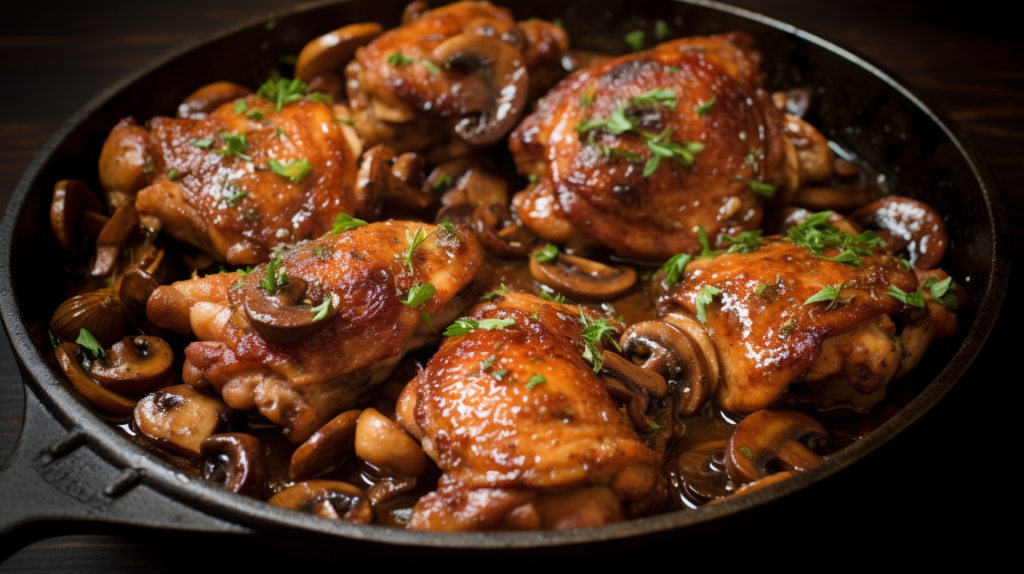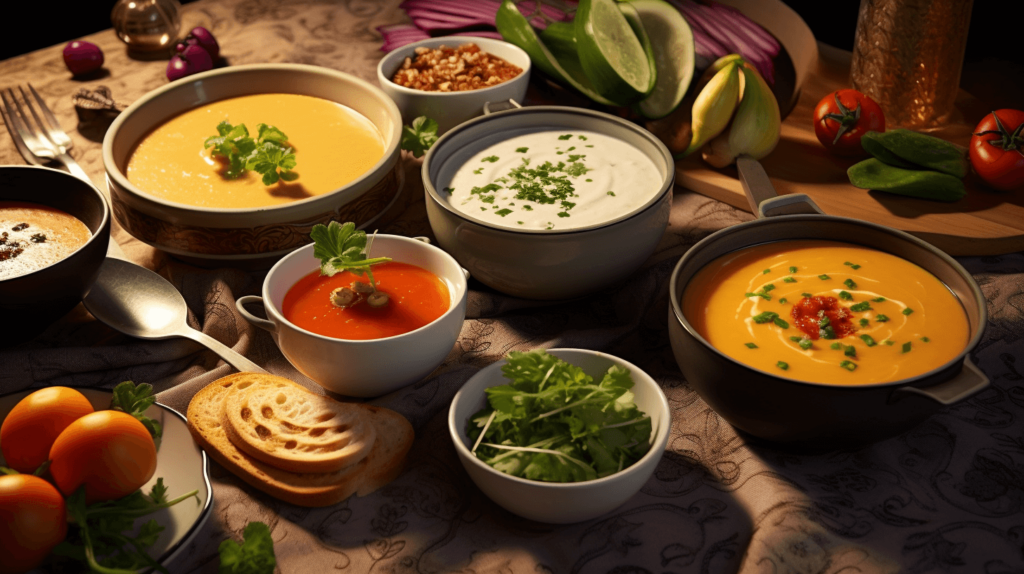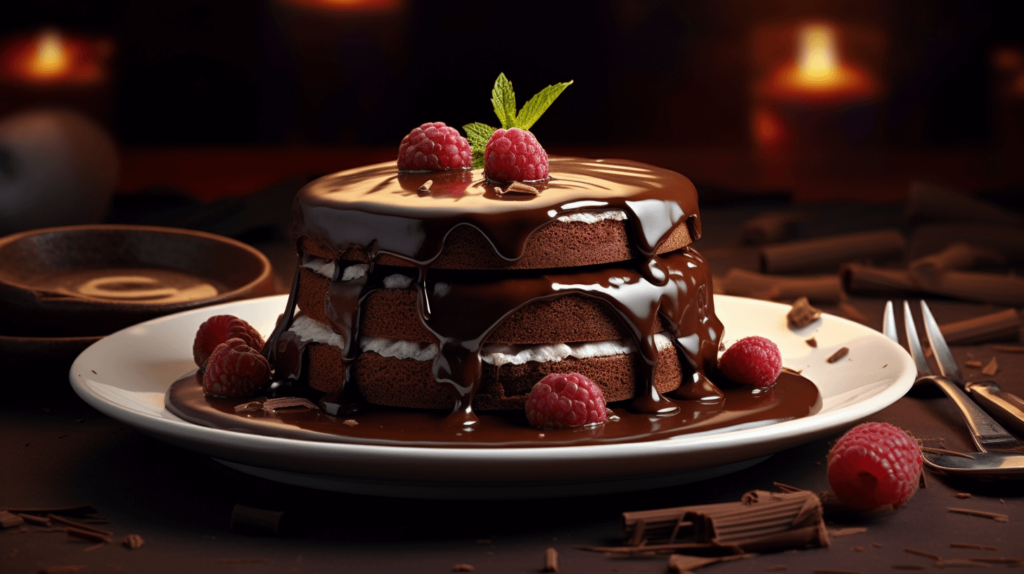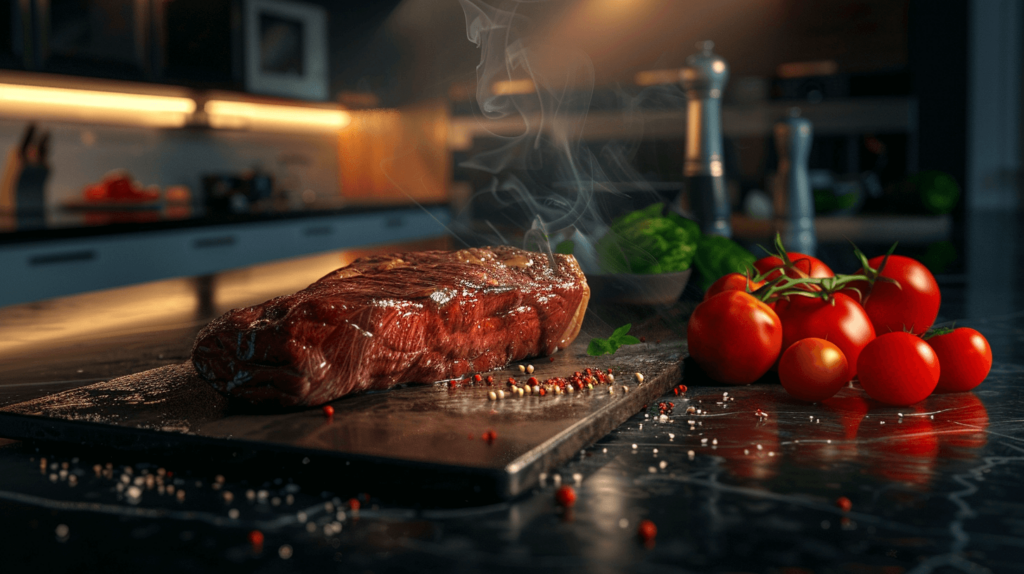Beef is a versatile and delicious protein that can be cooked in a variety of ways. From juicy steaks to tender roasts, beef is a staple in many households. However, cooking beef perfectly can be a challenge for many home cooks. In this blog post, we will explore the art of beef cooking and provide tips and tricks for mastering it.
Understanding Different Cuts of Beef
One of the first steps in mastering the art of beef cooking is understanding the different cuts of beef. Each cut has its own unique flavor and texture, which can greatly impact the outcome of your dish. Some popular cuts include ribeye, sirloin, and filet mignon.
Ribeye is known for its rich marbling and intense flavor. It is a tender cut that is best cooked using dry heat methods such as grilling or pan-searing. Sirloin, on the other hand, is a leaner cut with less marbling. It is versatile and can be cooked using various methods such as grilling, roasting, or stir-frying. Filet mignon is a highly prized cut known for its tenderness. It is often cooked using dry heat methods like grilling or pan-searing.
Understanding the differences between cuts of beef can help you choose the right one for your recipe. Whether you’re looking for a tender and flavorful steak or a roast that falls apart with every bite, knowing which cut to use is essential.
Preparing Beef for Cooking: Trimming, Seasoning, and Marinating
Properly preparing beef before cooking is essential for achieving the best flavor and texture. One important step is trimming excess fat from the meat. While some fat can add flavor, too much can lead to a greasy or chewy end result. Use a sharp knife to carefully trim any excess fat from the meat.
Seasoning is another crucial step in preparing beef. A simple combination of salt and pepper can go a long way in enhancing the natural flavors of the meat. However, don’t be afraid to get creative with your seasonings. Experiment with different herbs, spices, and marinades to add depth and complexity to your dish.
Marinating is a great way to infuse flavor into beef. A marinade typically consists of an acidic ingredient like vinegar or citrus juice, along with herbs, spices, and oil. The acid helps to tenderize the meat while the other ingredients add flavor. Marinate your beef for at least 30 minutes, but no more than 24 hours, depending on the cut and thickness of the meat.
Cooking Beef Perfectly: Grilling, Roasting, and Braising Techniques
There are many different cooking techniques that can be used for beef, each with its own advantages and challenges. Grilling is a popular method that imparts a smoky flavor and creates beautiful grill marks on the meat. It is best suited for cuts like steaks or burgers that are relatively thin and cook quickly.
Roasting is another great technique for cooking beef. It involves cooking the meat in an oven at a high temperature, which helps to develop a flavorful crust while keeping the inside tender and juicy. Roasting is ideal for larger cuts like roasts or whole tenderloins.
Braising is a slow-cooking method that involves searing the meat first and then simmering it in liquid until it becomes tender. This technique is perfect for tougher cuts of beef that benefit from long, slow cooking to break down the connective tissues and become tender.
Each cooking technique requires different temperatures and cooking times, so it’s important to follow a recipe or use a meat thermometer to ensure your beef is cooked to perfection.
Understanding Meat Temperature: Rare, Medium, and Well-Done
Understanding the different levels of meat temperature is crucial for cooking beef to your desired level of doneness. The internal temperature of the meat determines how well it is cooked. Here are some general guidelines for different levels of doneness:
– Rare: 120-130°F (49-54°C) – The meat will be red and cool in the center. It will be very tender and juicy.
– Medium-rare: 130-140°F (54-60°C) – The meat will be pink in the center and slightly warm. It will be tender and juicy.
– Medium: 140-150°F (60-66°C) – The meat will be pink in the center and warm. It will be slightly less tender and juicy.
– Medium-well: 150-160°F (66-71°C) – The meat will have a small amount of pink in the center and be hot throughout. It will be slightly less tender and juicy.
– Well-done: 160°F (71°C) and above – The meat will be brown throughout and fully cooked. It may be drier and less tender.
To achieve your desired level of doneness, use a meat thermometer to check the internal temperature of the meat. Insert the thermometer into the thickest part of the meat, away from any bones or fat.
Perfect Beef Methods: Resting and Carving

Resting and carving your beef properly can make a big difference in the final product. Resting allows the juices to redistribute throughout the meat, resulting in a more flavorful and tender end result. After cooking, remove the beef from the heat source and let it rest for about 5-10 minutes before carving.
When it comes to carving, it’s important to slice against the grain. The grain refers to the direction of the muscle fibers in the meat. Slicing against the grain helps to break up these fibers, resulting in a more tender bite. Take note of the grain before carving and slice perpendicular to it.
Beef Recipes Tips: Classic and Creative Ways to Cook Beef
There are countless ways to cook beef, from classic recipes like steak and potatoes to more creative dishes like beef stir-fry. Here are a few tips and recipes for both classic and creative beef dishes:
– Classic Steak: For a perfectly cooked steak, start with a high-quality cut like ribeye or filet mignon. Season the steak with salt and pepper, then sear it in a hot skillet or grill until it reaches your desired level of doneness. Let it rest for a few minutes before serving.
– Pot Roast: Pot roast is a classic comfort food dish that is perfect for cooler weather. Start by searing the beef in a Dutch oven, then add vegetables, broth, and seasonings. Cover and cook on low heat for several hours until the meat is tender and falls apart.
– Beef Stir-Fry: Stir-frying is a quick and easy way to cook beef. Slice your beef into thin strips and marinate it in a mixture of soy sauce, garlic, ginger, and sesame oil. Heat a wok or skillet over high heat, add the beef and vegetables, and stir-fry until cooked through.
These are just a few examples of the many delicious ways you can cook beef. Don’t be afraid to get creative and experiment with different flavors and techniques.
Pairing Beef with Sides and Sauces
Choosing the right sides and sauces can elevate your beef dish to the next level. Here are some popular side dishes and sauces that pair well with beef:
– Mashed Potatoes: Creamy mashed potatoes are a classic side dish that pairs perfectly with beef. The rich flavors of the potatoes complement the savory flavors of the meat.
– Roasted Vegetables: Roasting vegetables like carrots, Brussels sprouts, or asparagus brings out their natural sweetness and adds a delicious contrast to the savory beef.
– Red Wine Sauce: A rich and flavorful red wine sauce can take your beef dish to the next level. Use a good quality red wine and simmer it with shallots, garlic, and beef broth until it reduces and thickens.
These are just a few examples, but the possibilities are endless. Experiment with different sides and sauces to find your perfect pairing.
Beef Dish Preparation: Plating and Serving
Properly plating and serving your beef dish can make it look as good as it tastes. Here are some tips for plating and serving your beef dish like a pro:
– Use a clean plate: Start with a clean plate to ensure that your dish looks appetizing.
– Arrange the components: Arrange the beef, sides, and sauces in an aesthetically pleasing way. Consider the colors, textures, and shapes of each component.
– Garnish: Add a final touch by garnishing your dish with fresh herbs or a sprinkle of grated cheese.
Remember, presentation is key when it comes to serving a delicious beef dish. Take the time to plate it beautifully and your guests will be impressed.
Common Mistakes to Avoid When Cooking Beef
Even the most experienced cooks can make mistakes when cooking beef. Here are some common mistakes to avoid:
– Overcooking: Overcooking beef can result in a dry and tough end result. Use a meat thermometer to ensure that your beef is cooked to the desired level of doneness.
– Under-seasoning: Beef can be quite bland if not properly seasoned. Be generous with your seasonings and taste as you go to ensure that the flavors are balanced.
– Not resting the meat: Resting allows the juices to redistribute throughout the meat, resulting in a more flavorful and tender end result. Don’t skip this important step.
By avoiding these common mistakes, you can ensure that your beef dishes turn out perfectly every time.
In conclusion, mastering the art of beef cooking takes time and practice. Understanding different cuts of beef, properly preparing the meat, using the right cooking techniques, and paying attention to temperature and doneness are all important factors in achieving the perfect beef dish. With these tips and tricks, you’ll be well on your way to becoming a master of beef cooking. So fire up the grill, preheat the oven, or heat up the skillet and get ready to create delicious and memorable beef dishes for yourself and your loved ones.
If you’re looking to expand your beef cooking repertoire, you might be interested in this article on Relish the Daily: Beef Cannelloni Recipe with White Sauce. This delicious dish combines tender beef with a creamy white sauce, creating a comforting and satisfying meal. Whether you’re hosting a dinner party or simply want to impress your family with a gourmet dinner, this recipe is sure to be a hit. Check out the article for step-by-step instructions and helpful tips to master the art of making beef cannelloni.





